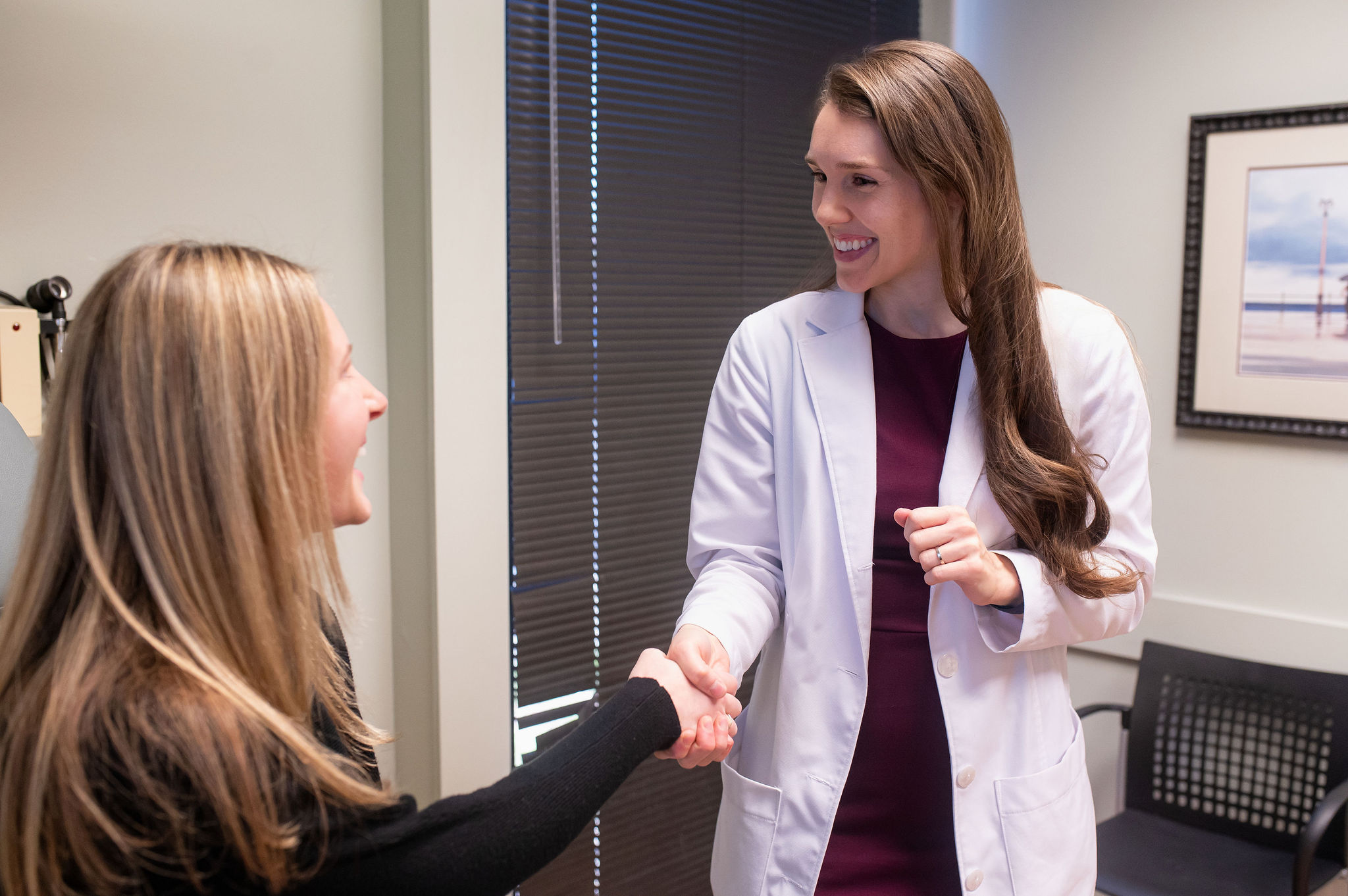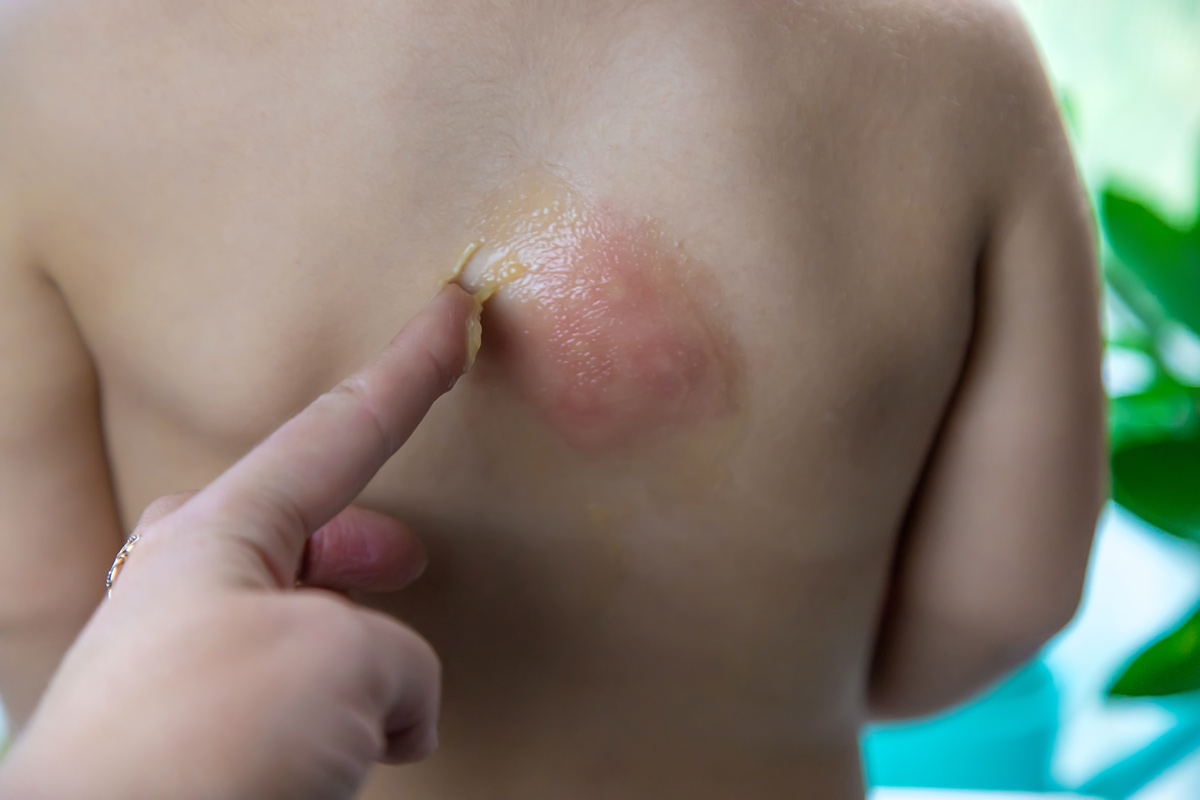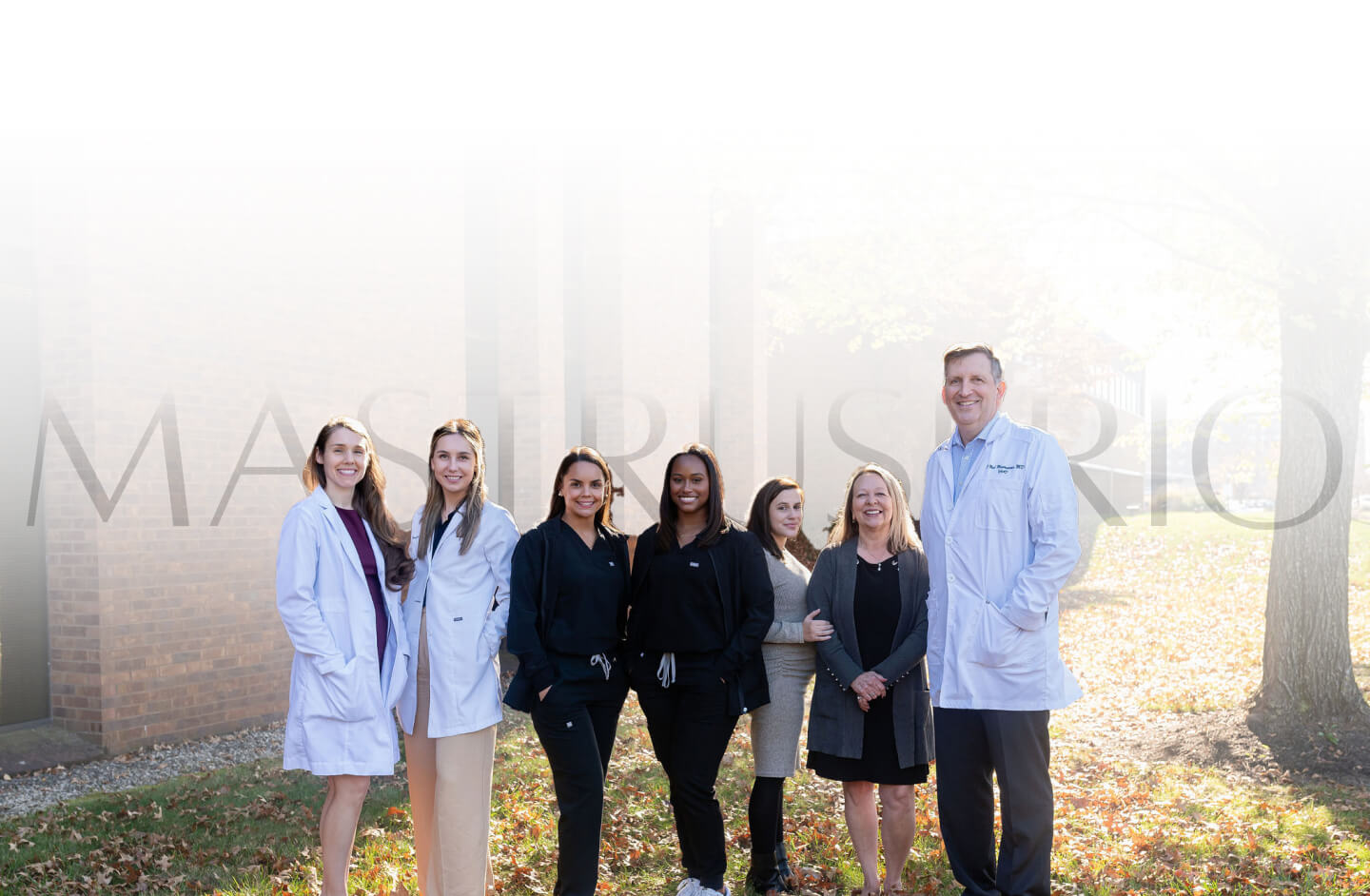
Solutions for Lipoma Growths in Upper Arlington
We understand that even benign conditions like lipomas can impact your comfort or confidence. Lipomas are non-cancerous fatty growths that can form under the skin, often presenting as soft, movable lumps. While typically harmless, they can cause discomfort or concern due to their appearance or size. We specialize in the diagnosis and treatment of lipomas, offering expert care to ensure your comfort and well-being. Whether for medical or cosmetic reasons, we offer safe and effective removal options tailored to your unique needs.

What Is a Lipoma?
A lipoma is a soft, slow-growing lump made of fatty tissue. It often feels doughy to the touch and moves easily under the skin when pressed. Lipomas can occur anywhere on the body but are most commonly found on the neck, shoulders, back, abdomen, arms, or thighs. They typically range from small to a few centimeters in size but can occasionally grow larger. While generally harmless, some lipomas may cause discomfort or interfere with daily activities, depending on their size and location.



Symptoms of a Lipoma
Common signs and symptoms of a lipoma include:
While lipomas are generally harmless, it’s important to have any new or changing lump evaluated to rule out other conditions.

Treatment Options for Lipomas
While many lipomas don’t require treatment, removal may be recommended if the growth causes discomfort, restricts movement, or affects your confidence.
Treatment options include:
Surgical Excision
The most common and effective treatment involves surgically removing the lipoma. This is typically performed as an outpatient procedure under local anesthesia.
Observation
If the lipoma is small and not causing symptoms, Dr. Mastruserio may recommend regular monitoring to ensure it doesn’t grow or cause complications.
Dr. Mastruserio will discuss the best treatment plan based on your needs and preferences.
When to Seek Medical Attention For a Lipoma
Though lipomas are benign, you should consult a dermatologist if you notice rapid growth or a change in size, pain or tenderness in the affected area, or multiple lumps developing in different locations. Dr. Mastruserio will conduct a thorough examination of the lump, reviewing your medical history, and discussing any symptoms. In some cases, imaging tests such as ultrasound or a biopsy may be recommended to confirm the diagnosis and rule out other conditions.

